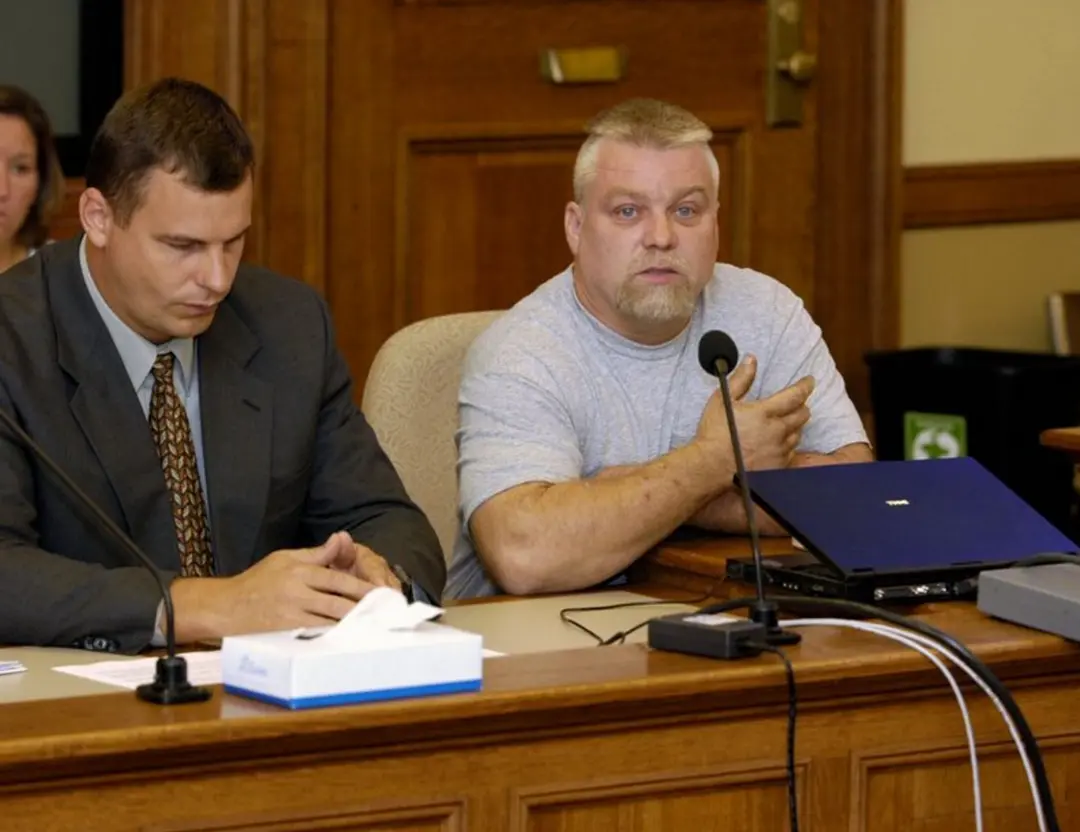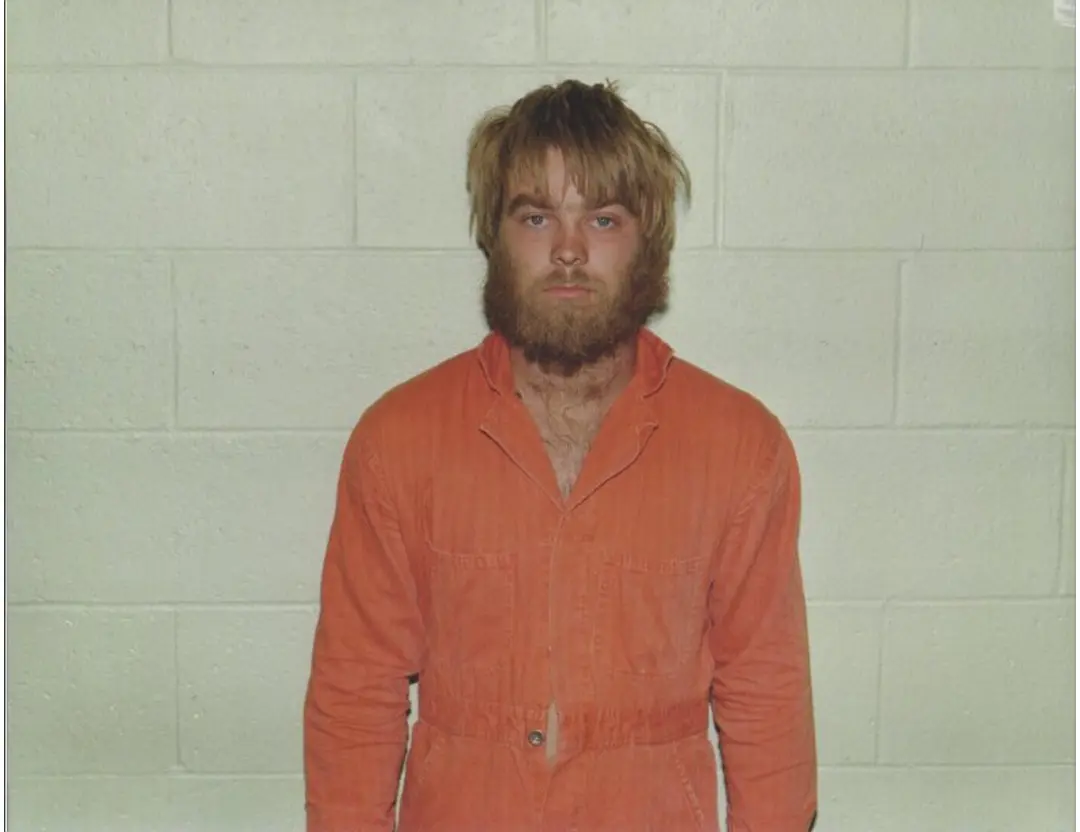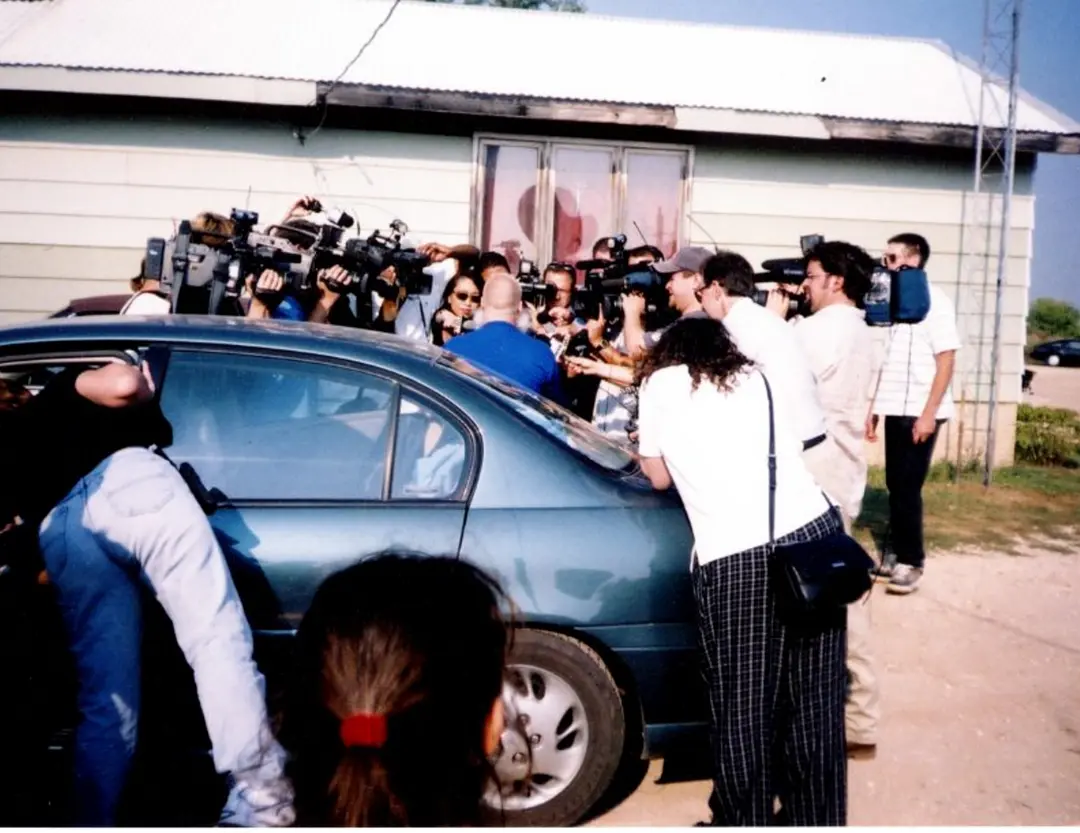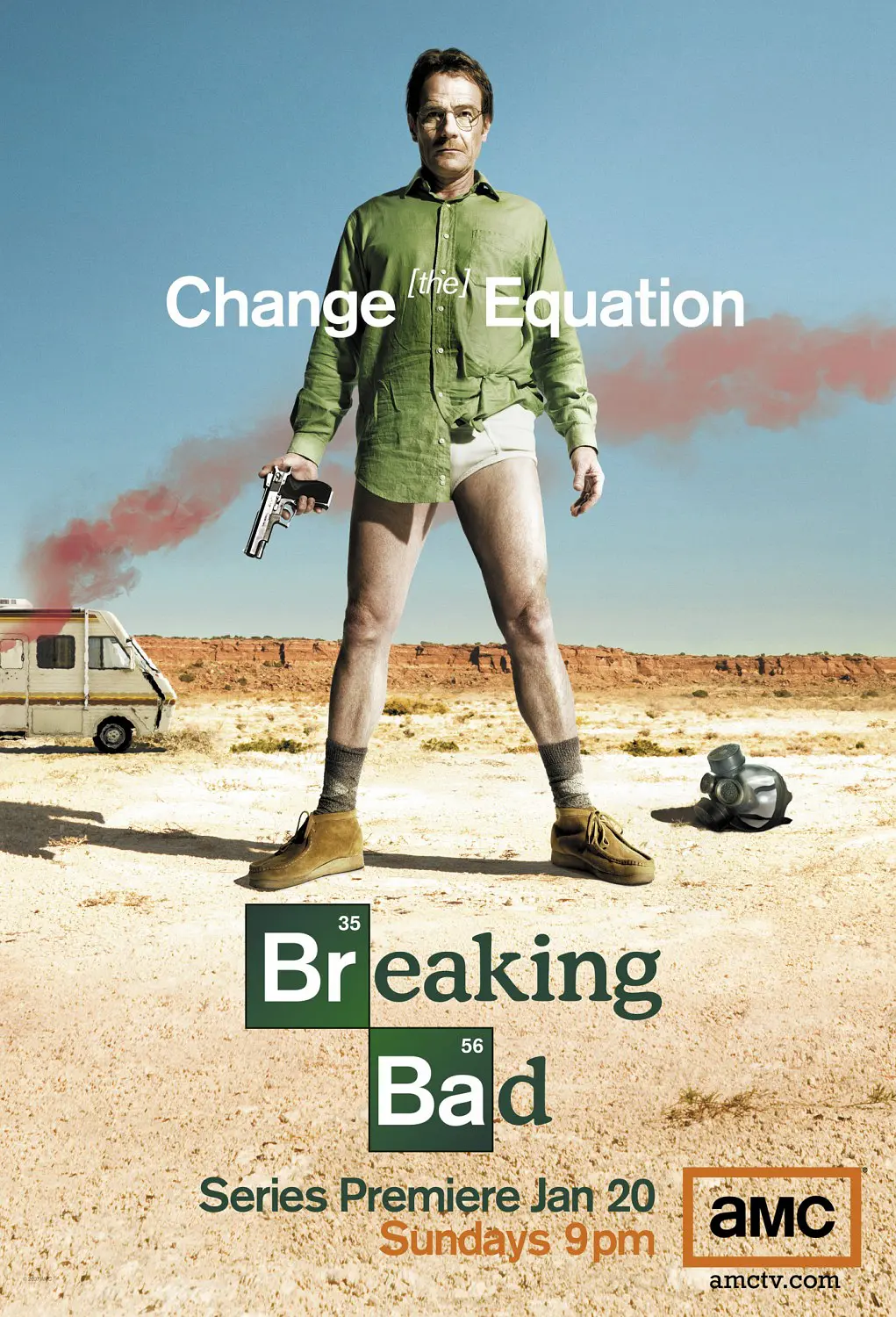Making a Murderer 1: Unraveling the Twists of a Controversial Case
Introduction to Making a Murderer 1
Making a Murderer 1 is a gripping documentary series that chronicles the complex and controversial legal battles of Steven Avery and his nephew Brendan Dassey. Avery, wrongly imprisoned for 18 years due to a miscarriage of justice, was exonerated through new DNA evidence. However, shortly after seeking civil compensation, he becomes the prime suspect in a gruesome murder. The series examines whether Avery is truly guilty or a victim of systematic corruption, captivating audiences worldwide and sparking widespread debate.
 The Legal Struggles of Steven Avery
The Legal Struggles of Steven Avery
The first season meticulously details key moments in Avery’s life, beginning with his 1985 conviction for sexual assault and his eventual release in 2003. Following his release, Avery filed a civil lawsuit against Manitowoc County for $36 million, claiming wrongful imprisonment. This action arguably made him a target. In 2005, he was accused of murdering photographer Teresa Halbach, while his 16-year-old nephew Brendan Dassey faced charges as an alleged accomplice. The trials that followed exposed cracks in the legal system and raised questions about fairness, due process, and possible biases from law enforcement officials.
 Controversy and Public Reaction
Controversy and Public Reaction
Making a Murderer 1 shines a spotlight on the controversies surrounding the case. The documentary questions the actions of police officers and prosecutors, suggesting that some may have manipulated evidence or acted with conflicts of interest. Brendan Dassey’s interrogation without proper legal counsel drew criticism for potential coercion. The series fueled public outcry, with more than 260,000 people signing petitions urging presidential intervention. Critics and viewers debated the fairness of the investigation, the influence of media coverage, and the ethical responsibilities of the justice system in high-profile cases.
 Criticism and Debate
Criticism and Debate
While widely acclaimed, the documentary has faced criticism for potential bias and selective storytelling. Prosecutor Ken Kratz argued that the series overlooked key evidence supporting the prosecution. Some commentators noted omissions of DNA details and contextual background, raising concerns about misleading narratives. Others suggested the documentary’s suspenseful structure favors conspiracy theories over a straightforward account of facts. Despite these critiques, courts affirmed that the documentary was not maliciously edited, leaving viewers to wrestle with complex questions about truth, media influence, and justice.









